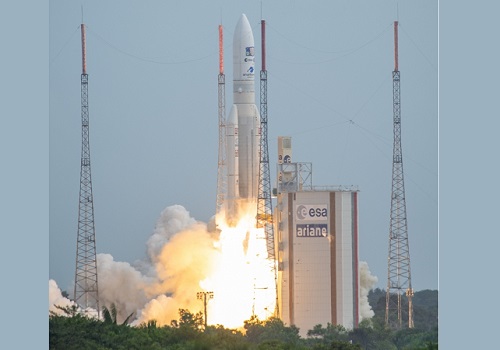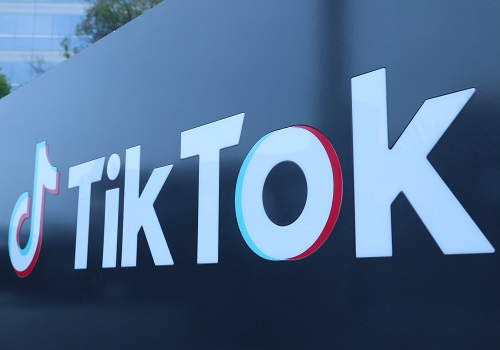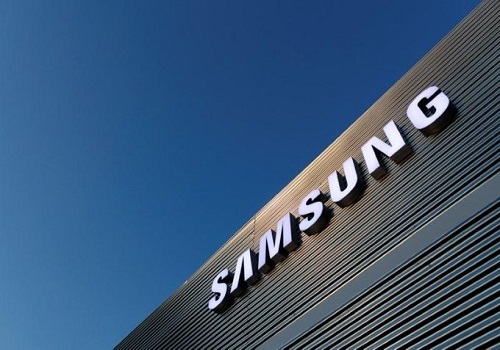ESA launches JUICE mission to explore Jupiter`s icy moons

Follow us Now on Telegram ! Get daily 10 - 12 important updates on Business, Finance and Investment. Join our Telegram Channel
he European Space Agency's (ESA) first-ever mission to find alien life on the icy worlds of Jupiter successfully took off on Friday.
The JUpiter ICy moons Explorer or JUICE mission launched atop an Ariane 5 rocket from Europe's Spaceport in Kourou, French Guiana on Friday at 8:14 a.m. EDT (5:44 p.m. IST), after a one-day delay caused by the threat of lightning at the launch site.
"Liftoff for humankind's next bold mission to the outer Solar System - #ESAJuice onboard @Ariane5 #VA260," ESA JUICE mission wrote on Twitter.
The spacecraft will take an eight-year journey to reach the largest planet in the Solar System in 2031.
"The main goal is to understand whether there are habitable environments among those icy moons and around a giant planet like Jupiter," planetary scientist and JUICE team member Olivier Witasse said during a press conference last week.
"Our main question is whether we could find habitable places within the Jupiter system. Learning more about Jupiter will tell us more about our #SolarSystem & other systems," said Olivier Witasse, ESA planetary scientist.
Juice will make detailed observations of Jupiter and its three large ocean-bearing moons - Ganymede, Callisto and Europa - with a suite of instruments.
The mission will characterise these moons as both planetary objects and possible habitats, explore Jupiter's complex environment in depth, and study the wider Jupiter system as an archetype for gas giants across the Universe.
"We'll explore Jupiter and its icy moons, which are Europa, Ganymede and Callisto with a particular focus on Ganymede, which is a unique object in the solar system," Witasse said.
"It is the only moon with a magnetic field and the biggest moon in the solar system. The main goal is to understand whether there are habitable environments among those icy moons and around a giant planet like Jupiter."
JUICE will also perform flybys of Venus, Earth and the moon to increase its speed and adjust its trajectory. But to do so, those celestial bodies have to be aligned properly, which happens only twice a year, in April and again at summer's end.
According to ESA, the JUICE mission cost an estimated $1.7 billion and is a product of "global" cooperation between 23 countries, 18 academic institutions, and 83 private companies.












 320-x-100_uti_gold.jpg" alt="Advertisement">
320-x-100_uti_gold.jpg" alt="Advertisement">












